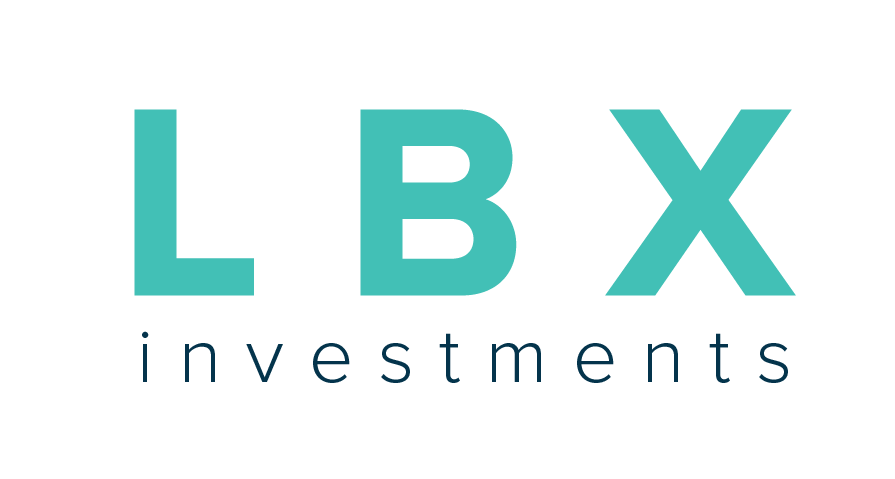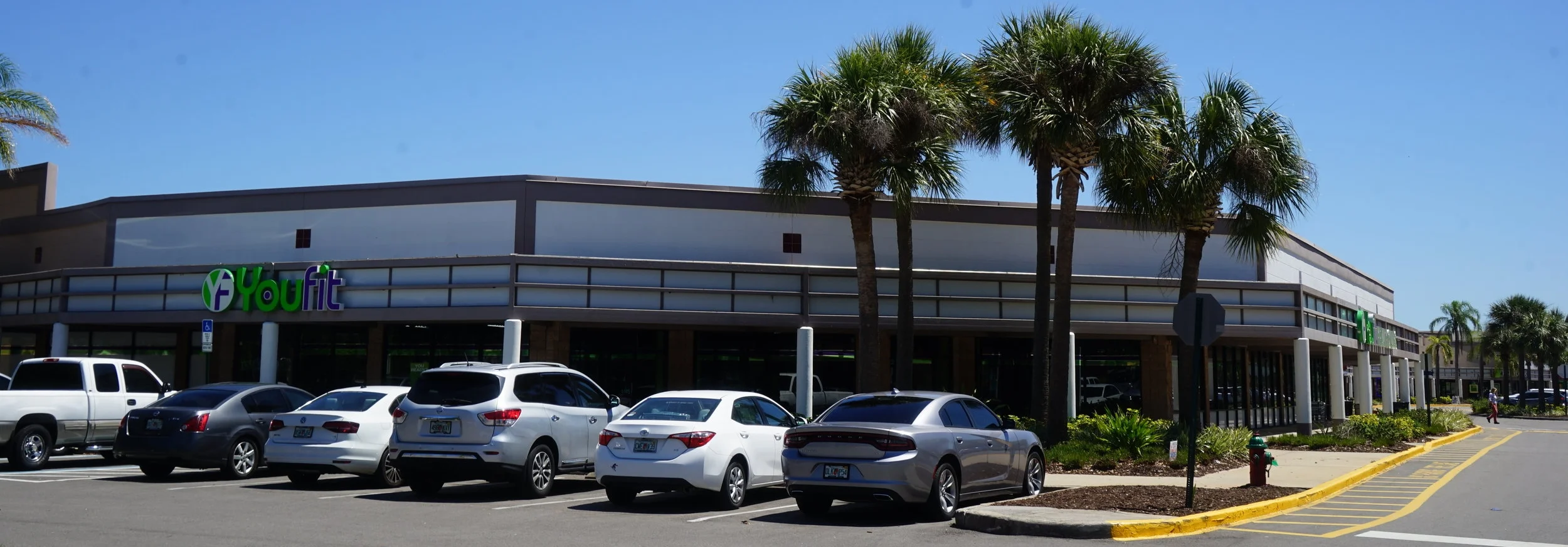Where is the Single-Tenant Triple Net Lease (NNN) Retail Sector Heading?
Private Buyers Continue to Drive Smaller Transactions But Conditions Slowing For Larger Deals
Spreads Between Net Lease and Shopping Center Cap Rates Remain Wide in the Southeast
Note: With triple net (“NNN”) leases, the tenant is responsible for the ongoing expenses of the property, including real estate taxes, building insurance, and maintenance, in addition to paying the rent and utilities.
NNN Retail Offers Potential Cap Rate Arbitrage Opportunities
The NNN retail market remains robust despite negative investor sentiment towards the broader retail sector. For example, LBX recently bid on a multi-tenant shopping center in Central Florida. The center was anchored by several growing, national tenants (including Ross, Marshalls, and Ulta), and ended up selling for close to a 9% cap rate (we were outbid). One of the center’s outparcels – a national restaurant chain with extended lease term – could have been immediately spun off and sold as an NNN investment at a cap rate closer to 6% (a 3%, or 300 basis points (“bps”) spread). We aim to capitalize on these types of arbitrage opportunities, which we believe are especially pronounced in many Southeastern markets. On average, we see a cap rate differential between NNN and broader shopping centers of 250-400 bps (2.5 – 4.0%) on the assets we acquire. As such, one of LBX’s primary value-creation strategies is to acquire shopping centers with multiple existing and potential NNN monetization opportunities and then subdivide and sell off NNN parcels over the holding period at low cap rates in order to reduce our basis and return capital to investors. Of the 13 transactions in which our principals have participated since 2016, nine of them have featured at least one NNN monetization opportunity.
Historic Spreads Between NNN Cap Rates and the 10-Year
Source: CBRE Research; Spreads are between 10 Year UST and average NNN cap rates
NNN Retail: A High-Level Overview of a Popular Investment Class
NNN properties saw almost $58B in sales volume in 2017 (per CBRE), and are popular with both institutional and private investors because they are generally viewed as stable, income-producing, and low-maintenance investments. The NNN sector offers investors a fixed income profile with growth potential and tax advantages, particularly for “1031” investors, who benefit from a tax regulation that enables them to sell real estate and roll forward capital gains if they quickly reinvest their sales proceeds. Within the NNN sector, retail comprised ~26% of total transaction volume during 1H18, in line with last year’s percentage. The strength of individual NNN opportunities is largely dependent on the quality of its tenant and lease profile, as well as the underlying asset’s characteristics (i.e., location and demographics). Per Real Capital Analytics, 1H18 transaction volumes (for retail NNN assets above $2.5MM) were $6.8B, with average cap rates of 6.22%. Volume was about 12% below last year’s pace, but remains historically robust, and cap rates have remained relatively stable (increasing by 9 bps YoY).
Institutional Buyers Drive Overall NNN Sales Volume, But Private Investors Dominate NNN Retail
Institutional buyers play an important role in propping the U.S. NNN market, but whereas in 1H18 they comprised 35% and 26% of the NNN office and industrial markets, respectively, they were just 14% of the NNN retail market. Domestic private buyers accounted for 67% of NNN retail volume, reflecting the significance of the 1031 buyers. Sales are concentrated in a handful of retail segments due to their small transaction size and high credit quality. CBRE, one of the largest brokers in the sector (~20% of volume) reported that 60% of its NNN retail sales volume came from the sale of bank branches, convenience stores, drug store locations and casual dining in 2017. Excluding grocery, the average size for CBRE’s NNN retail transactions was approximately $3.2 million, as compared to an average size of ~$31.2 million for office, industrial, healthcare and other sectors.
Historic NNN Transaction Volume by Sector
Source: CBRE Research and Real Capital Analytics
Evaluating NNN-Based Strategies, Part 1: What Happens if the Economy Slows Down?
Per numerous industry sources, NNN retail has been softening recently from its peak in late 2016. Sales volume remains robust, however both cap rates and – anecdotally – average days on market are rising. One leading NNN broker with whom we spoke pointed out that sub-$3MM transactions remain strong because that segment of NNN retail is largely driven by individual investors, 1031 and cash buyers, whereas larger assets – which are more financing-driven – are slowing down and “going through a period of pricing discovery” as its buyer pool (primarily family offices and institutions) diminishes. The industry, unquestionably, is facing several headwinds: interest rates have risen, retail tenant quality is mixed, additions to supply have jumped, and institutions have been net sellers of secondary assets. The sector continues to be popular with baby boomers, however, and cap rates and their spreads versus treasuries are still historically low and wide, respectively. Franchisee-owned NNN offerings – which generally have weaker credit quality than corporate-owned locations – are also trading aggressively (“a sign you’re in a good market,” per one of our sources). Over the next 12 months we expect to see continued – though somewhat softer – interest in small assets (sub-$3MM). We also anticipate continued bifurcation between higher quality assets and those with weaker fundamentals such as short-term or poorly structured leases, weak credit quality, and inferior locations. REITs have been unloading Walgreen’s, for example, with 75-year flat lease terms more than 100 bps cheaper than a year ago. Should we enter into a recession, expect this bifurcation to become more pronounced. Sales volume dropped by ~50% during the Great Recession, but NNN accounted for ~25% of real estate investment activity in 2009 and quality assets are viewed as a safe haven.
Evaluating NNN-Based Strategies, Part 2: What Operational Risks Can Impact Separate Parcel Sales?
Carving off and selling assets is complex and can increase operating risk at the property if appropriate controls are not put in place to protect investor interests. For example, we are currently selling a restaurant outparcel at one of our centers. As part of the sales negotiation, we must ensure that the buyer (or subsequent owners) cannot tear down the restaurant and build a new structure that could block views of the center or adversely impact our parking, ingress or egress. The document that governs a center is called a Reciprocal Easement Agreement (“REA”); drafting a poorly structured REA between the seller, buyer (who will often be a passive individual investor), and multiple tenants can lead to problems which can adversely impact a center.
Additional Quick Reads for Investors
•GlobeSt: Baby Boomers are Driving the NNN Market
- A look at a key demographic segment’s impact on NNN
•CBRE: Net Lease Market Trends Report, April 2018
- Recent NNN market overview from CBRE
•GlobeSt: What Happened to Net Lease Over the Last Quarter?
- Recap of 2Q18 Net Leasing Conditions - Calkain
•Real Estate Journals: An NNN Slowdown Isn't Near
- Bullish recap from August’s Net Lease Summit



